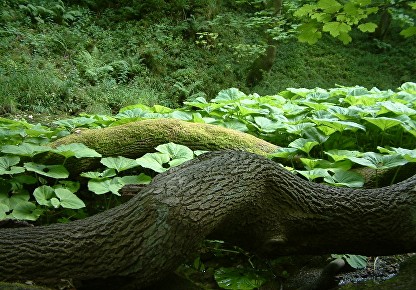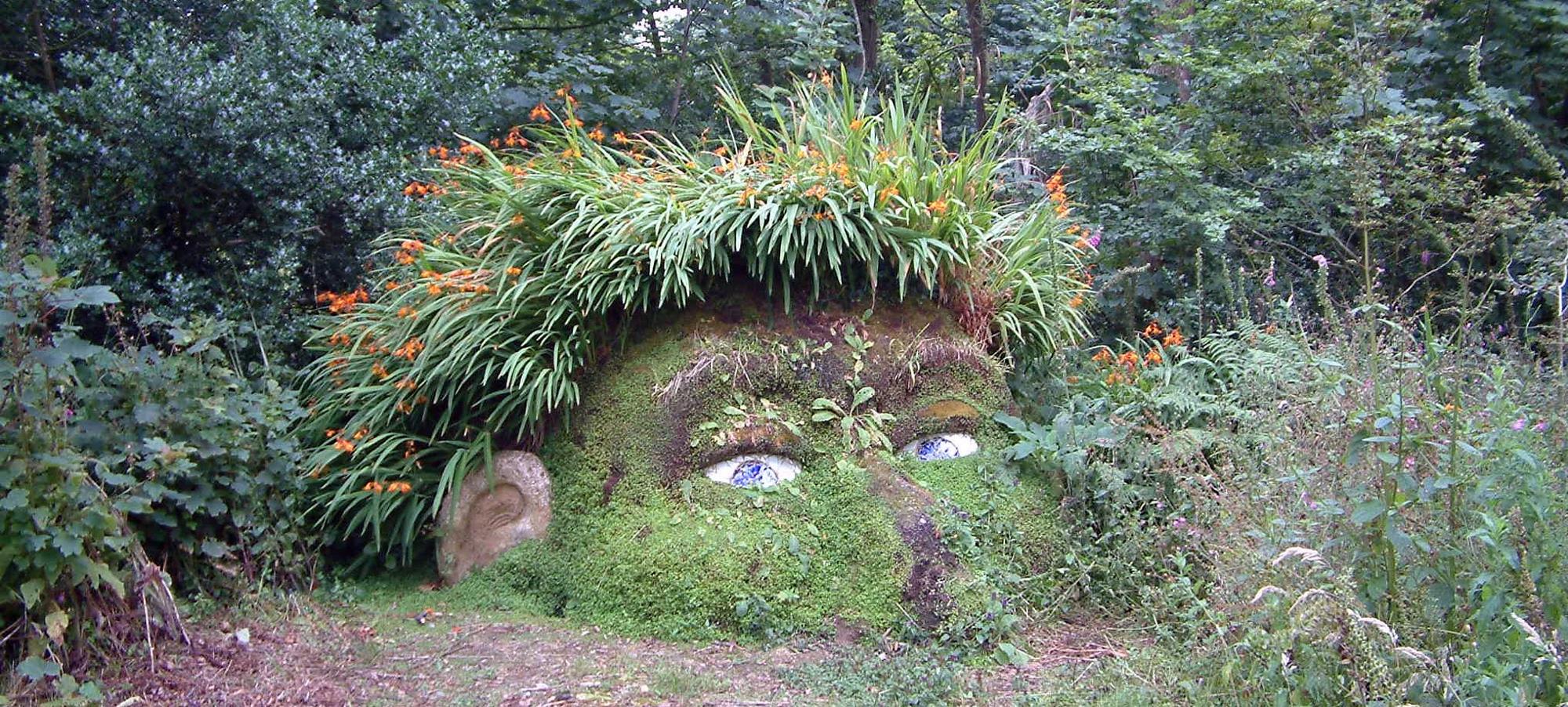Mindfulness Activities - Part 2
At Enduring Mind, Counselling In Teddington we may, if you wish begin to learn some mindfulness techniques which suit your own lifestyle and way of being. It depends on your personality and whether you want to find the motivation to transform how you feel, think and behave. I offer mindfulness techniques during counselling as a way of enabling clients to become more aware of themselves and their experience. But I always check-in with you first by listening to your needs. It may be an essential part of the counselling relationship or it may form a subtle backdrop to your overall experience of counselling.
Week 6 - Meditation on Empathy & Compassion
Prepare the ground to focus your attention beyond the limitations of the Self. Unlike most meditations try not to focus on yourself, or those closest to you. You need to change your attitude to reach beyond yourself, using goodwill. Since compassion can take a while to develop, think about this analogy – lighting a match in the wind, you need to cup your hands to protect the flame. In this scenario the match flame is compassion and it takes time to develop in Western society where we value self-interest above the collective. The light is so easily blown out when we focus on satisfying our own desires. In this meditation it’s therefore essential to develop sincerity. If not, then the practice becomes shallow and harder to express. For beginners it is recommended you focus only on those that you can be sincere about, then as experience grows expand it well beyond yourself and loved ones. True compassion is often spontaneous, but can be developed through empathy with others – the ability to put ourselves in others shoes and share some of their feelings or experience. Ultimately compassion means caring enough to do the difficult tasks that we normally find easy to avoid. Choose a comfortable posture in a quiet place to meditate. Spend time cultivating awareness in body and mind, letting go of any tension that arises. This not only helps you to focus, but compassion works both ways. Being kind with yourself is equally as important. Turn your mind towards those who may have experienced a misfortune, injury or harm. Who they are is not yet essential. Anyone who experienced trauma, had an accident and was injured, suffers illness or the loss of a loved one. As you relax, wish them freedom from their sorrow or pain and a swift recovery. If you feel resentment or pity, compassion doesn’t work. Try to practice gentle mindfulness and awareness of collective compassion. This is so that your mind does not wander and focus on one case at a time. Regularly let go of any barriers that occur in your mind – frustration, hostility, desire, or distance. Traps are numerous in this meditation because it may appear that compassion has no benefit or by wishing someone compassion in order to gain merit for ourselves. However, by practicing compassion, we reshape our mental habits and sculpt the neural pathways in our brain to become more open, tolerant and forgiving – even of ourselves.
Week 7 - Window Watching
Open the window. Begin the activity by relaxing your back and torso and settling into a comfortable position – either sitting or standing upright. As you slow your breathing and heart rate to an easy rhythm notice what you observe outside your window. Try to draw on all your senses – achieve a level of focus with your eyes upon plants, birds, people traffic. Listen to the sounds – the rustle of leaves in the wind, birdsong or distant call of children playing. In hale and smell – the scent of flowers, burning wood or food cooking. Use your body to feel – the shifting breeze, the atmospheric temperature or the sunshine on your skin. Allow yourself to relax and focus on each external ‘event’ as it passes moment-by-moment; following this fluid movement as it shifts, changes and transforms. Try to shift your attention away from your inner sensations to the external locus of attention. Gain a sense of breadth and latitude. Open up your being to the world outside. Slowly gain a sense of beyondness from the Self. Imagine yourself existing in a leaf caught by the breeze; in a bee dropping from flower to flower; as a bird gliding in the wind. Download my mp3 version.



Week 8 - Mindfulness of Exercise
Non-demanding Meditative Task e.g. Gardening
Begin the activity by developing mindfulness of breathing first. Slowly choose a non-demanding task which allows you to focus, as well as relax. For example, choose a selection of coloured pencils or Lego bricks and sort them into various matching colours. Or simply, write up to 500 using a tally chart. Or dig a row of furrows and plant some seeds in the garden. Do all of these tasks mindfully; keeping care to balance a sense of relaxation with calm focus.
Walking Meditation
Try to find a park or a natural outdoor space. Begin the activity by developing mindfulness of breathing first. Now, as you start to walk notice your body as you connect with the ground beneath your feet. Feel the connectedness of your body to the natural surroundings. Becoming aware of the environment, attentively take in any sights, smells, tastes, sounds or feelings. Pay attention to one particular sensation such as sound e.g. bridsong, the ripple of water, the wind in the trees, leaves blowing or the sound of distnat children calling. Notice any thoughts or emotions as they arise and let them be. Try becoming aware of sensation in the body. Notice the rhythm of your pacing, the swing of your arms and the bipedal motion of your legs as they touch the ground and lift away again. Notice each step as you place each alternate foot on the ground. Observe the sensations on the sole of your feet. Take one step at a time – lifting, moving, placing. Lifting, moving, placing. Pay attention to your breath, as you inhale and exhale. And find your own rhythm as it suits your own body and balance. Practice this for about half-an hour and slowly extend your awareness beyond yourself to your natural surroundings.
Swimming Meditation
Take the same approach in the above activity, but this time focus on the physical sensations of your body immersed in the water – the synthesis of body and mind, the fluidity of your limbs, the fusion of skin and water, the sense of union or floating beyond yourself. You may do this while wading, swimming or treading water. Even lying on your back and gently keeping afloat while looking up into the sky. The best results are achieved in an outside place that is safe, such as a swimming pool, a quiet stream or calm sea.
Yoga Exercises
For the safest results learn yoga exercises by attending class with a trained professional. This allows you to develop awareness of the body, breath and mind as they act in unison, developing relaxed and focussed technique. It can be quite demanding and will exercise your limbs, while improving flexibility and fitness levels.
Week 9 - Body Massage
For the safest results visit a trained professional, but you can also do this with a partner, friend or family member. This allows you to develop awareness of your physical sensations and mind as you receive a pleasurable sensations in the form of touch, relaxation and calmness. Some forms of massage can be quite challenging and will focus on manipulating tension from the muscles with quite a degree of vigour. But it also keps you focussed on your physical sensations and the present moment.
Week 10 - Shower Meditation
Take a similar approach to the swimming meditation, focussing on the physical sensations of the water seeping into your skin, washing away your aches and pains, tingling on your skin. Allow your body to become fully immersed in the water while standing. Close your eyes and feel the synthesis water and body, the fluidity of your limbs, the sensations of union or floating beyond yourself. Place yourself beneath the shower head and begin to let the water massage your scalp. You may feel a very pleasant tingling sensation and lose your sense of Self in the noise of the water. Try to maintain your attention on these pleasant feelings. Move the head gently, slowly, back and forth; with the water pattering on your forehead, scalp, neck as you roll it back and forth. Practice this mindfully for a number of minutes.
One extra - Eating Meditation
Select a few morsels of food without an intense flavour; preferably something fresh, raw and subtle in flavour such as a piece of fruit, nuts or bowl of plain boiled rice. Cooked food, heavily spiced or intense flavours are a distraction from the mindfulness required. Before you choose the food, come to a place of mindfulness and try to select what your body needs. Notice whether the saliva production increases as you look at the food. Take your time choosing. Develop focus and a clear awareness as you hold it between your fingers. Pop it into your mouth and explore the morsel with all your senses. Notice the flavour, texture, shape; whether it is soft, hard, coarse or smooth. Notice whether the sensation is pleasurable, subtle or bland. Take one bite. Feel it on your tongue: its weight, temperature, size. Notice the flavours that it releases. Slowly chew it. Noticing any change in consistency and resist the impulse to swallow. Then when the moment arises swallow it and sit with the experience, noticing any vestiges remaining in your mouth and left on your tongue.
